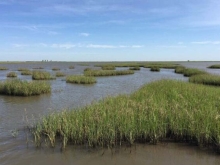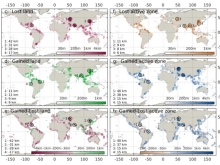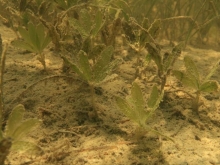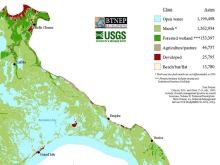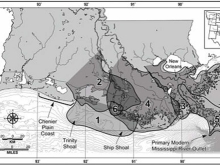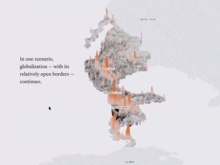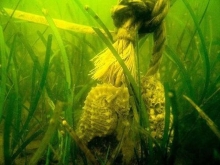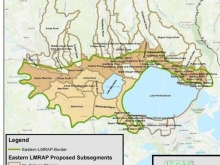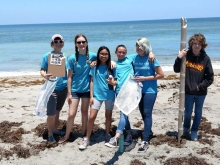Gulf-Wide Assessment Of Habitat Use And Habitat-Specific Production Estimates Of Nekton In Turtlegrass (Thalassia Testudinum)
Seagrass beds are habitat for many commercially and recreationally important finfish and shellfish during some stage of their life. In the northern Gulf of Mexico, turtlegrass, a type of seagrass, is a critical foundation species that provides energy for food webs and shelter and foraging grounds for many species.
